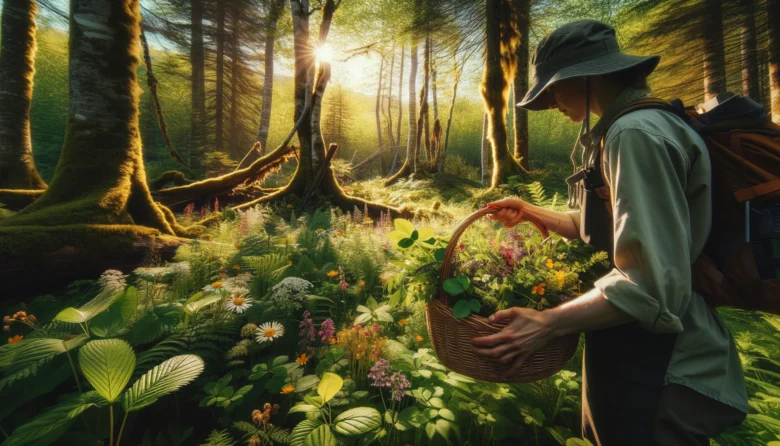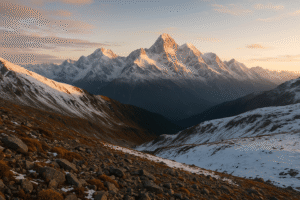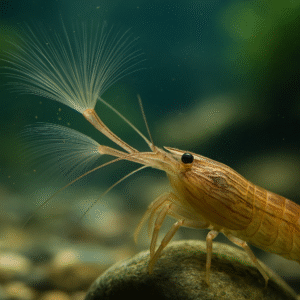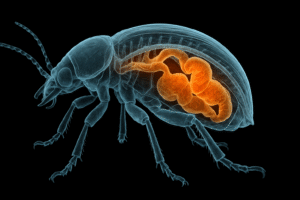Hey there, nature lovers! Have you ever thought about picking your own wild plants for food? It’s called foraging, and it’s becoming really popular. But to keep our environment safe and healthy, it’s important to forage responsibly. Welcome to “How to Harvest Wild Plants Responsibly.” Whether you’re new to foraging or have some experience, this guide will help you learn how to collect wild plants in a way that’s good for you and the planet.
Understanding Sustainable Foraging
Sustainable foraging means gathering plants from the wild in a way that doesn’t harm the environment. It’s about being careful and respectful. Foraging can be great for your health, providing fresh, natural foods. Plus, it helps you connect with nature. But remember, we must leave enough plants behind for wildlife and to ensure the plants can keep growing.
Preparing for Foraging
Before you start foraging, it’s important to do some homework. Learn about the local plants in your area. A good plant identification book or app can be very helpful. Also, check if you need any permissions to forage in certain areas. Make sure to have the right tools like a basket, gloves, and a knife for cutting plants.
Knowing your local plants is crucial. Some plants look alike, but not all are safe to eat. Dedicate time to studying and consider enrolling in a plant identification course if you can. Local foraging groups can also be a great resource for beginners.
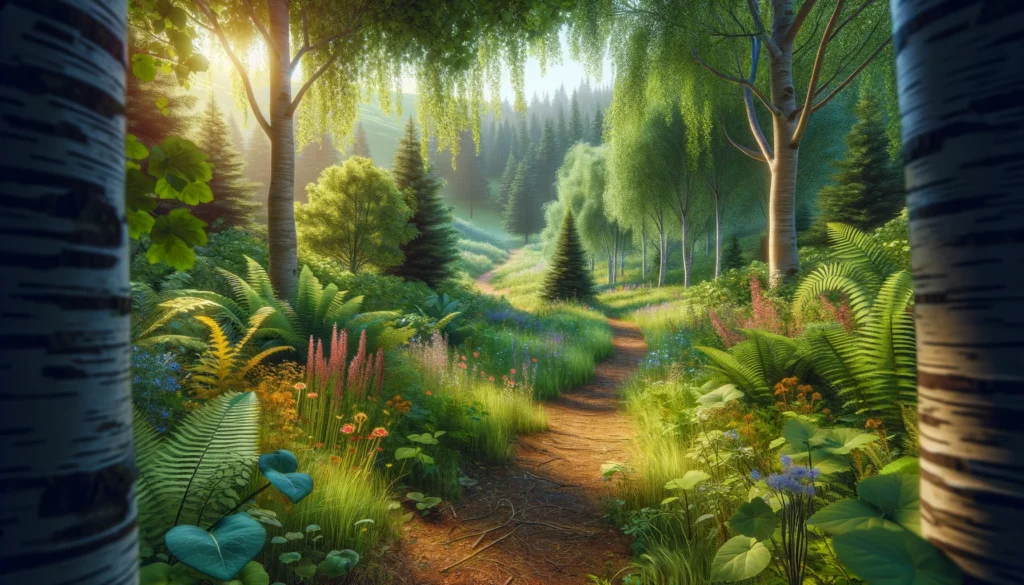
Identifying Edible and Non-Edible Plants
Not all wild plants are safe to eat. Some can be poisonous. Acquire the skills to recognize common edible plants and steer clear of toxic ones. There are great resources like books, apps, and local experts who can help you learn. Start with easy-to-identify plants like dandelions and wild garlic.
For example, dandelions (Taraxacum officinale) are easily recognizable and entirely edible—from roots to flowers. On the other hand, plants like poison hemlock (Conium maculatum) are highly toxic and must be avoided. Knowing the differences can make your foraging both safe and enjoyable.
Best Practices for Sustainable Foraging
When you’re out foraging, follow these simple rules to keep it sustainable:
- Harvest Responsibly: Only take what you need and leave plenty behind for wildlife and plant regrowth.
- Rule of Thirds: Only take one-third of what you find. Leave the rest for animals and the plants to grow back.
- Respect Nature: Don’t damage the plants or their surroundings. Be gentle and careful.
It’s also important to avoid over-harvesting from a single area. Spread your foraging activities across different locations to minimize the impact on any one ecosystem. This helps ensure that plants continue to thrive and regenerate.
Foraging Etiquette
Being a respectful forager is important. Always ask for permission if you’re on private land. Be mindful of public spaces and follow local rules. When you meet other foragers, share tips and experiences kindly. And don’t forget to leave the area as you found it.
Foraging etiquette extends to respecting wildlife and other people using the area. Avoid disturbing animal habitats and be considerate of other outdoor enthusiasts. A polite and mindful approach ensures that everyone can enjoy nature together.
Seasonal Foraging: What to Harvest and When
Various plants become available at different seasons throughout the year. Here’s a quick guide:
- Spring: Look for wild garlic, dandelions, and nettles.
- Summer: Berries like blackberries and strawberries are ripe.
- Autumn: Mushrooms and nuts are abundant.
- Winter: It’s harder to forage, but some roots and evergreen plants can be found.
Planning your foraging trips according to the seasons will help you make the most of your efforts. Each season brings its own unique bounty, and knowing what to look for can make your foraging adventures more fruitful.
Safety Tips for Foraging
Safety first! Keep these tips in mind:
- Know the Risks: Be aware of allergies, poisonous plants, and wild animals.
- First Aid Basics: Carry a small first aid kit for minor injuries like cuts or stings.
- Stay Connected: Always forage with a friend or let someone know where you’re going.
Understanding the local wildlife and their behaviors is also crucial. Be prepared for encounters with insects, snakes, or larger animals, and know how to respond appropriately.
Cooking and Using Foraged Plants
After collecting your wild plants, it’s time to savor them! Here are some ideas:
- Simple Recipes: Try making dandelion salad or nettle soup.
- Nutritional Benefits: Wild plants are often packed with nutrients.
- Preserving: Dry herbs or make jams to enjoy your finds all year round.
Cooking with foraged plants can be a delightful and nutritious way to enjoy nature’s bounty. Experiment with different recipes and share your creations with friends and family. For example, nettles (Urtica dioica) can be used in soups, teas, and even as a pizza topping!
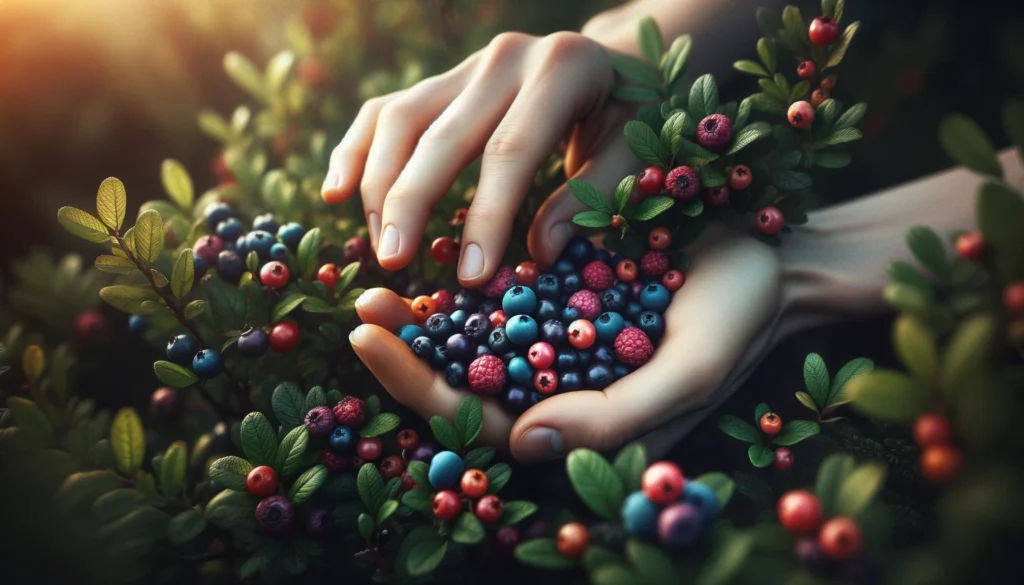
Community and Resources
Foraging is more fun with others. Join local foraging groups to learn and share experiences. Online forums and social media groups are great places to connect with other foragers. There are also many books and courses available if you want to dive deeper into the world of foraging.
Local foraging communities often host events and workshops that can provide valuable hands-on experience. Participating in these activities can enhance your skills and knowledge, and help you become a more confident and responsible forager.
Conclusion
Sustainable foraging is a wonderful way to enjoy nature’s bounty while protecting the environment. By following these tips, you can harvest wild plants responsibly and ensure that our natural world stays healthy and vibrant. So, grab your basket and start exploring! Remember, every little effort counts in restoring nature’s balance.
Author’s Note
Foraging has been a joyful and enriching experience for me. I hope this guide encourages you to explore the wild responsibly. Share your tips and experiences, and let’s keep nature thriving together!
G.C., Ecosociosphere contributor.
Further Reading

